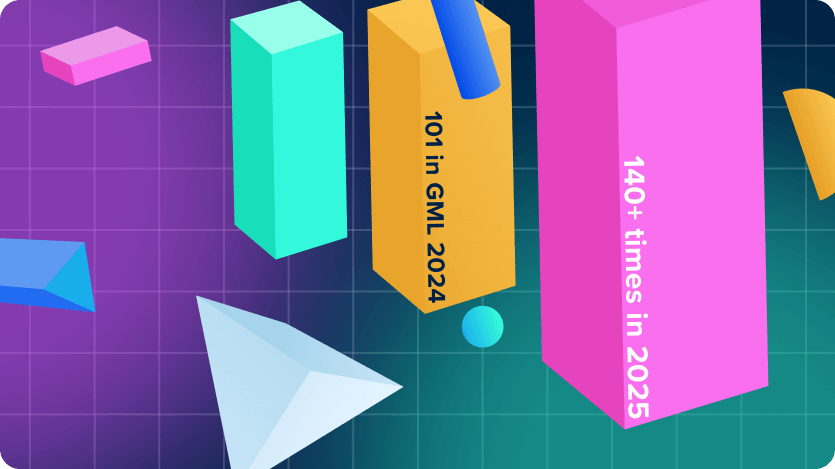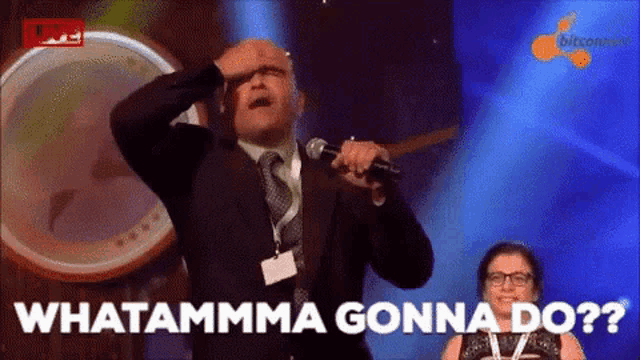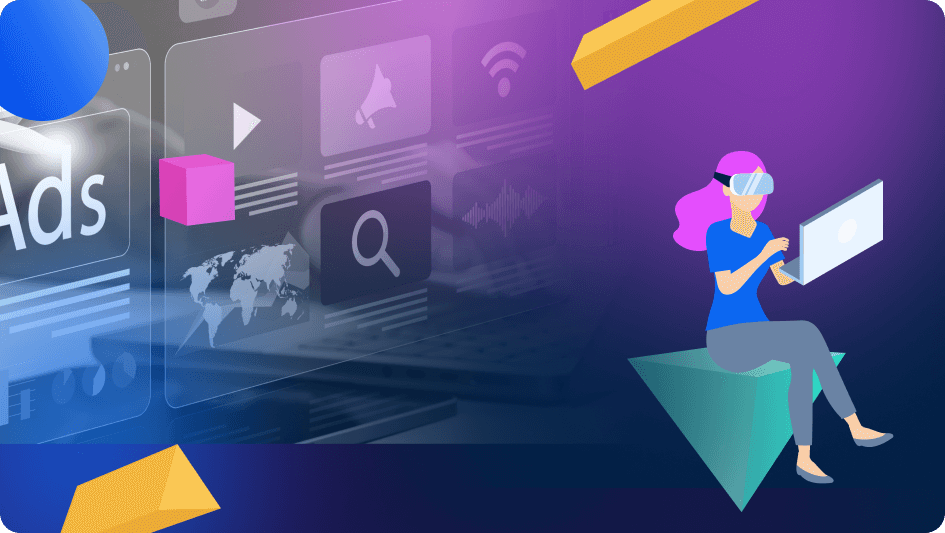Google I/O 2025 Takeaways:
After a period of public embarrassment post-ChatGPT – and early missteps with Bard – Google has made an impressive comeback. OpenAI’s sudden rise briefly overshadowed the tech giant that had long been at the cutting edge of AI. Yet, Google has now decisively reasserted its position at the forefront of the AI race, powered largely by Gemini 2.5, which stands as one of the most capable and advanced base LLMs currently available.
“AI Mode” in Search:
Google’s been adamant that AI Overviews haven’t hurt their business; they claim it’s led to more searching. Now, in Google Labs, you can try AI Mode. In this mode, just imagine if AI Overview took over completely and the old SERP disappeared.
You’ll get a fully AI-generated response, synthesized after the AI runs dozens of traditional searches itself. Your “blue links” are still there but not all the time, and presented as relevant sources usually after the AI’s answer. The experience looks more like a chat conversation with the search box floating to the bottom after the initial entry.
This is going to be a huge disruption to search. If it becomes the default experience (like how quickly AI Overview made it to the masses out of Labs), it seriously impacts SEO and SEM. Search marketers will have to adapt. We will talk more about this towards the end.
Gemini Powers the Google Ecosystem
Gemini 2.5 is now integrated into all of Google’s products. Not only powering AI Overviews, but now it’s inserted into Chrome, YouTube, Gmail, Sheets, Docs, and more. In fact, after the first draft of this blog in Docs, I’ll be using it to refine this piece of content. Simply click on the spark icon in the top right to activate it.
Long-term, my guess is that this could turn into some shadow ad inventory depending on your prompt.
More Ads in AI Overviews
Ads will now serve more frequently on desktop in Overview. And here’s the kicker: your ad has a significantly higher chance of appearing if you’re using PMax, Shopping (for relevant B2B contexts), and Search with Broad Match. This confirms Google’s commitment to monetizing AI.
Agent Mode/Project Mariner
This was the “they tuk ur jerbs” moment, both unsettling and fascinating. Agent Mode (or Project Mariner) is an AI agent/copilot that can literally interact with the web and get tasks done. From the demonstrations, it can install simple website tags, analyze data in Google Ads/GA4, give insights, recommendations (mostly what we’re used to from the infamous Recommendations Tab), and even make changes in Google Ads on your behalf.
I’m sure that when this initially comes out, it won’t be 100% reliable. But given time, it will turn into a very powerful and helpful tool. Note that since GML and IO, Manus AI has already achieved something similar and more universally applicable.
While job displacement fears are real, I see it as a monumental shift in what our jobs will entail in the future. We won’t be manually tagging websites or pulling reports; we’ll be directing, strategizing, and refining the AI’s outputs. For B2B marketers, this could free up so much time for higher-level strategy and content creation.
Other Interesting Highlights – Rapid Fire:
- Veo 3/Flow: Insanely realistic AI-generated videos with voiceover, background noise, and music, all from a prompt. The societal implications of this going out into the wild are scary. This Veo 3-generated video shook me to my core:
- Android XR and Smart Glasses: Sundar is betting on glasses as the next big form factor for AR- and AI-powered devices. Google gave a live demonstration of two people wearing these glasses, speaking in non-English to each other while the glasses translated that speech to text with AR. I’m imagining an eventual Dragon Ball Z Scouter but for everything and not just power levels. Privacy be damned.

Google Marketing Live 2025 Takeaways
Apparently, this year’s GML broke last year’s record for the number of times “AI” was mentioned ~ 140+ times vs 101 in GML 2024 and 64 times in GML 2023. However, again, this year they did not seem desparate and nearly all announcements given will need us advertisers to adapt in big ways.

The Power Pack: Google’s New Baseline
The “Power Pair” (PMax + Search) is out; the “Power Pack” is in: Demand Gen, PMax, and Search. It seems that Google wants most if not all advertisers to adopt this set of campaigns as baseline for all accounts.
Several takeaways I think are worth mentioning on these more advanced campaign types outside of Search:
- Performance Max (Pmax) is finally getting much-needed transparency reporting. Get a hold of your Google rep and ask for channel performance reporting which is in open beta as of writing. This will add a huge level of transparency to Pmax data that we did not have before. This, as well as full search terms reporting which I’m sure every advertiser has given feedback about. We complain en masse, they deliver.
- If you or your client has video content and you’re still not running YouTube-related campaigns, now is the time. GML 2025 has convinced me how important YouTube is – it’s simply massive (we forget that it’s the largest streaming platform on TV)! If Search is the best paid demand capture channel, then YouTube is often an underutilized paid demand creation channel. Don’t forget about Gmail either – take advantage of Google’s entire ecosystem and start experimenting with Pmax and Demand Gen campaigns this year if you haven’t.
Smells Like Broad Match: Smart Bidding Exploration and AI Max
Smart Bidding Exploration is a new bid strategy that “loosens” your ROAS target, giving Google room to find new queries outside your target keywords. Google calls it their “biggest leap in bidding tech in decades”.
AI Max is a single opt-in checkbox that will turn your search campaign into a “keywordless” campaign that gives control over to Gemini to run the campaign on its own with a few signal-based settings. AI Max supposedly automates everything using AI: keyword selection, ad creation, and even landing page selection based on your content. This feels like Google combining Dynamic Dynamic Search Ads, and elements of PMax into a search-only campaign.
Both of these newly announced and yet to be released campaign settings feel like an easy way to sneak in broad match and yes, move towards a “keywordless” future. Agency-wise, as we test broad match, we often find it to be hit or miss. Google loves to repackage underutilized ad types, campaigns, or settings into something with a different name (Discovery changed to Demand Gen as an example). These settings could be just that, but they could also be groundbreaking with one of the world’s most powerful AI models powering them in the background. As always, we’re excited to try them as soon as they are out but always approaching these black box updates with a healthy dose of skepticism.
More In-Platform Creative Tools Powered by GenAI
Google is rolling out even more and better in-platform creative capabilities. Think mini-Photoshop and mini-Premiere Pro with Generative AI built right into Google Ads to fine-tune your ads.
This is game-changing for B2C but for B2B, we can potentially turn disparate image and video assets into high-performing ads directly within the platform. We’re especially excited to test drive some of the demonstrated AI-powered image-to-video capabilities once this rolls out to all advertisers.
New Measurement and Centralized Data Tools
Google promises Data Manager (announced during the 2024 GML) will be our one-stop shop for all data, letting us handle tagging, APIs, integrations, and tracking all in one place. GA4 and Google Ads will also have better visibility into the user journey and cross-channel attribution, moving beyond traditional last-click.
Most exciting here are the new incrementality testing tools announced. Google claims we can start to pinpoint exactly what within Google media is driving added value across all campaign types and help us adjust our strategy accordingly.
Proper measurement is essential for effective B2B marketing. If Google delivers, it will significantly improve our ability to connect touchpoints and attribute success more accurately for complex B2B customer journeys.
AI Essentials 2.0 Checklist: The Future-Proofing Mandate
Google has updated its baseline implementations to enable us fully maximize these new updates. They’ve built upon last year’s recommendations, providing a refreshed set of actions for Google Ads that focus on feeding Google the right data and making the most of the platform’s AI capabilities.
If anything, start by implementing all that you can from AI Essentials 1.0 (Enhanced Conversions, updated Google Tags, Consent Mode, GA4, Customer Match, and Smart Bidding). Then, work your way up to the new recommended actions in 2.0.
The Future of Paid Search
Search will be heavily disrupted if it hasn’t been already by AI Overviews, especially with AI Mode potentially becoming the default. My guess? We have 2025 and halfway through 2026 to really figure out how to adapt. Google’s caught in its innovator’s dilemma – applying AI without gutting its search ad revenue. My observation is that high-CPC industries like B2B SaaS and direct response keywords will stay on the traditional model longer than B2C. But the writing is on the wall.
So, what do we do?

- Embrace AI Capabilities: If you’ve been reluctant to apply Google’s capabilities that take away full control like Smart Bidding and Broad Match, it’s time to start to experiment and dive in. Search is evolving quickly with the advent of AI Overviews. Search queries will grow in length to the point where it no longer makes sense to focus spend on obvious short-tail high-intent terms–the supply will continue to dwindle and the CPC’s will continue to increase until it no longer makes sense financially to capture these queries.
- Future-Proof with AI Essentials 2.0: At the minimum, start applying the AI Essentials 2.0 guidelines around data for Google Ads and Analytics. Good data makes AI far more effective.
- Use the Entirety of Google’s Inventory: To get ahead of the competition, it’s time to consider Google’s ecosystem outside of Search, especially YouTube:
- Content is Oxygen: Search is only a demand capture channel. To generate demand, what video and image content can you pair with it to serve in YouTube, Gmail, and Discover? What are you already using in LinkedIn Ads and elsewhere? If you don’t have strong video creative, now’s the time to catch up.
- Transparency is Here: Google has caved and allowed channel control in Demand Gen campaigns, now it’s also providing channel-level reporting and search term reports for Pmax. This makes both channels more viable with far more transparency and control than before.
Paid Seach as a keyword-targeting tool at its core has not fundamentally changed for a long time but it is about to evolve permanently. Consumers are getting more and more used to their knowledge discovery tool being able to understand a longer and more specific prompt rather than serving up what used to be a best guess thanks to the advent of ChatGPT. Google itself has to adapt (hello AI Overview), it’s clearly implied a “keywordless” future for Google Ads, and thus we will need to make sure we’re along for the ride or be left behind.




